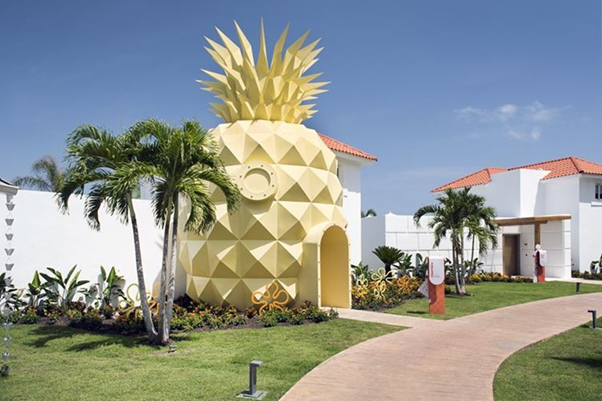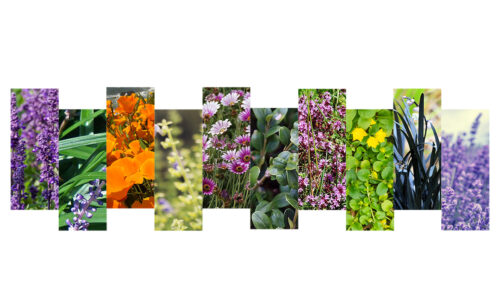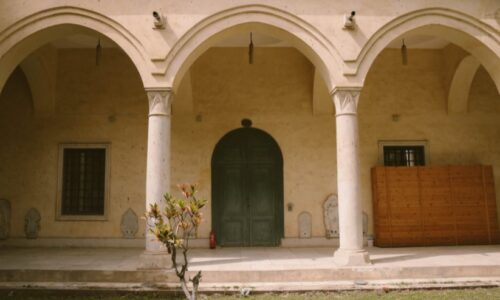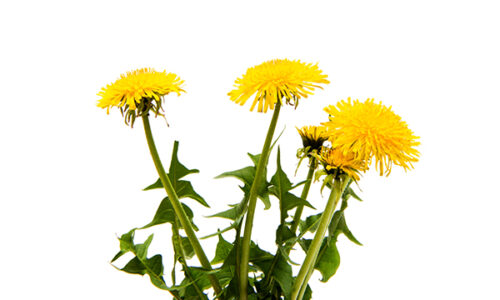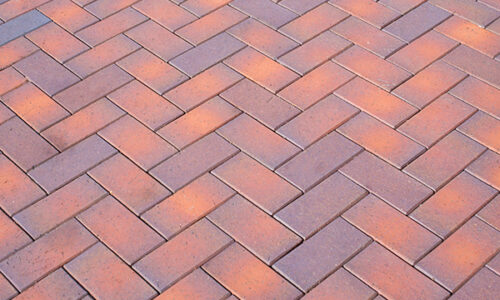
The Dunmore Pineapple and Pineapple Houses
- Architecture
- February 21, 2022
Pineapples are a fruit of the New World, and Europeans only learned of them after Christopher Columbus voyages west at the end of the fifteenth century. Bringing pineapples back from the Americas to Europe was extremely difficult, and the few that survived the journey sold for high prices. The climate in northern Europe was not all suitable for the cultivation of pineapples!
Pineapples A Fashionable Fruit
In the eighteenth century, however, pineapples became a fashionable and desirable fruit. They also became a style icon, and stone carved pineapples began to appear as embellishments on gateposts, porches and other architectural features. Growing pineapples became a hobby for wealthy aristocrats, and in 1761 the 4th Earl of Dunmore erected a hothouse for just this purpose, as part of the wall of one of the walled gardens on his estate.
Walled Garden Microclimate
Walled gardens were a necessary feature of any large estate where the climate was difficult. A walled garden was, in effect, a microclimate that allowed some fruit and vegetables to be cultivated earlier in the season, and allowed for a longer season.
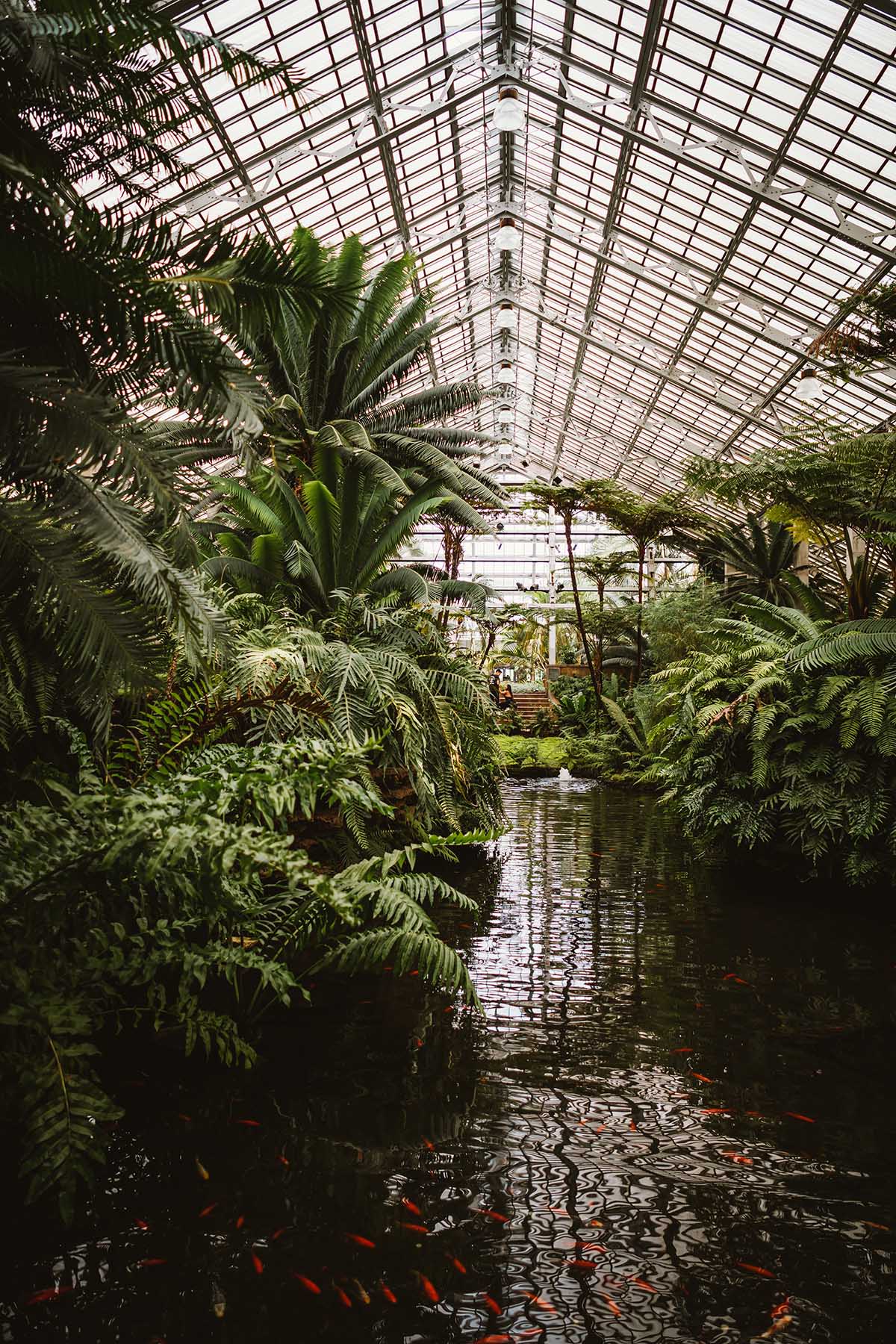
Photo by Ricardo Esquivel from Pexels
A south-facing wall in a walled garden could be used to grow exotic fruit such as peaches. Pineapples, however, needed much warmer and more sheltered conditions. A hothouse, with a furnace to provide heat and a system of cavities built into the walls to spread that heat, was the answer. To the north of the Earl’s new hothouse was a raised lawn, which meant that the first floor of the hothouse was level with the ground on the north side.
Taking advantage of this, the Earl provided two cottage apartments for the gardeners. This meant they did not have to travel any distance to tend to the pineapples growing just below them.
The Earl of Dunmore
The Earl of Dunmore left his estate soon after the hothouse was completed to take up the position of Governor of the Colony of Virginia. He was destined to be the last colonial governor of Virginia. In 1776, when he returned from America, it is thought that he undertook the building of the distinctive pineapple shaped summer house that sits in the centre of the hothouse, between the two gardener’s apartments.
There is a persistent rumour that the summerhouse was built as a gift for the Earl’s wife, although these cannot be proved. Others maintain that the whole structure was built at the same time, as the date ‘1761’ is carved into the keystone of the arch leading into the portico. The portico would have been built at the same time as the summerhouse above it.
There is much to speculate over given the lack of information relating to the building. It is not known who actually designed it, or even if the whole was designed by the same architect. Some architectural historians suggest that Sir William Chambers may have been responsible, as he had designed similar fanciful structures at Kew Gardens in London. He was also responsible for the Casino at Marino, which lies just outside Dublin in Ireland.
This is also a folly and Sir William took great trouble over the details in his design. Whoever designed the Dunmore Pineapple clearly showed the same attention to the small details.
Pineapples Fashion Statement
Pineapples were a show of wealth.
Given the eighteenth century fascination with pineapples, and the fact that the hothouse was built specifically to grow the fruit, it is no surprise that the summerhouse is in the shape of a pineapple. The structure is a mix of architectural styles and can be considered in two parts – the cupola and the portico.
The cupola, which forms the roof of the summerhouse, is in the shape of a pineapple and is an excellent example of the skill of the stonemason who built it. The whole fruit has been designed carefully to prevent any accumulation of water that might lead to frost damage. The stonework remains in remarkably good condition even today.
The Dunmore Pineapple
Entry to the summerhouse is made from the northern lawn. The doorway and the windows that complement it are in a Gothic style, with what are known as ogee arches. The fitted windows are sash windows, so they can be opened by sliding either the top half down, or the bottom half up. Sash windows do require some maintenance from time to time, as the cords which allow the movement up or down can break or become damaged.
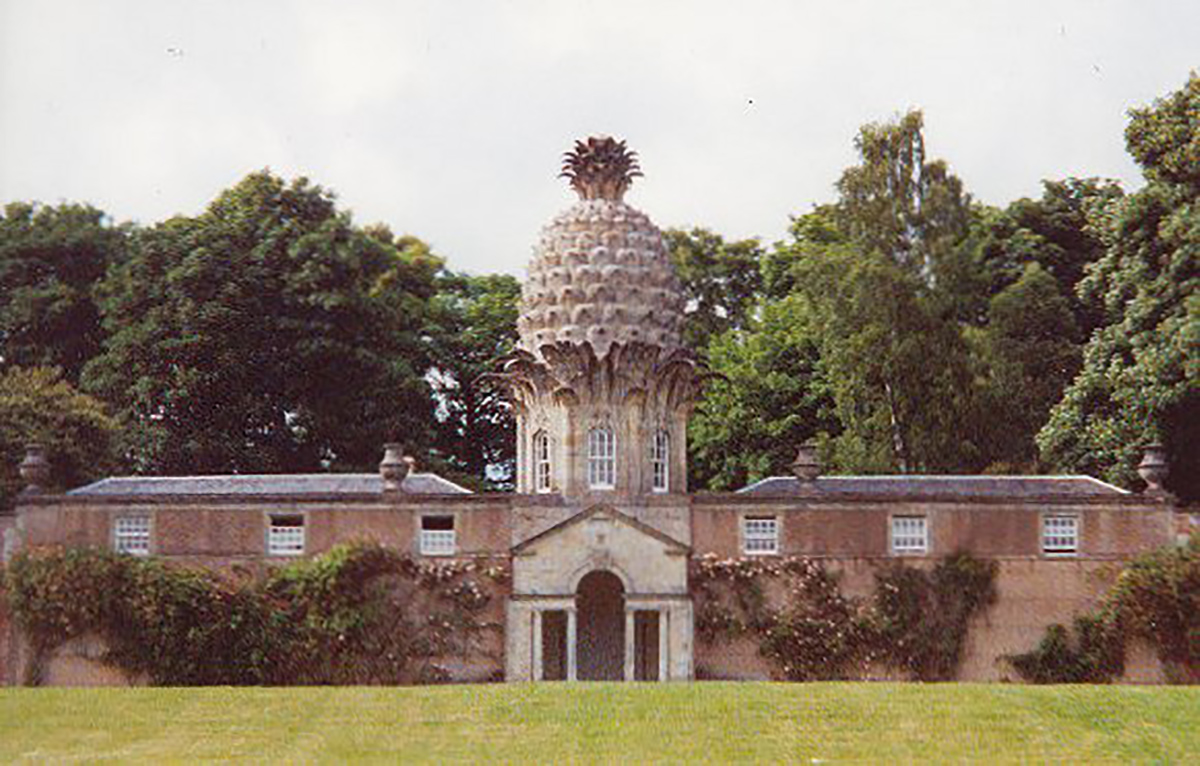
Below the summerhouse is the portico, which comprises a central arch and two narrower side arches with flat tops. This gives access to the hothouse itself. The other noticeable architectural feature is the use of Grecian urns as chimneys for the furnace. These are equally spaced along the roofline of the hothouse. Described by some as ‘the most bizarre house in Scotland’, the Dunmore Pineapple is a lovely example of an eighteenth century folly. Great care was taken in its design and construction, and because the same stone has been used throughout, there is a sense of unity that is very pleasing to the eye.
The Dunmore Pineapple and the walled garden it overlooks was sold as one lot, together with some woodland and a lake, in 1970 when the Dunmore Estate was broken up. The purchaser was the Countess of Perth.
The lot was given to the National Trust for Scotland in 1974. Because of the Dunmore Pineapple being part of the lot, it became known as the ‘Pineapple Lot’. The National Trust for Scotland passed the Pineapple Lot to the Landmark Trust. They have restored the hothouse and now the gardener’s apartments and the summerhouse can be rented as a holiday home. It is situated just north of the village of Airth in Stirlingshire. The nearest town is Falkirk.
Pineapple Houses
Hothouses and greenhouses were a symbol of wealth. The Earl of Dunmore had been an early practitioner of growing pineapples in hothouses. Or, perhaps we should credit his gardener, who would have done the necessary work! The first successfully grown pineapple in the UK was achieved between 1714 and 1716 by a Dutch gardener named Henry Telende. He was working in Richmond on the estate of Matthew Decker.
This success triggered what might be termed a Pineapple mania, with hothouses being built on country estates throughout the kingdom. These hothouses were glasshouses with furnaces to provide the necessary heat. It is thought that the Dunmore hothouse would originally have had glasshouses attached to it. Some hothouses were spectacular, others more mundane, but all served the same purpose. There were pineapple houses at Chatsworth, built in 1738, but restored by Joseph Paxton in the 1820s when the pineapples grown there became regular medal winning fruit.
Pineapples can also be grown in glasshouses using manure to provide the necessary heat. There is a manure-heated pit for growing pineapples at the Lost Gardens of Heligan in Cornwall. There is also a Pinery-Vinery at Tatton Park where vines share the heated glasshouse with pineapple plants.
Pineapple growing in Britain continued to fascinate gardeners and their wealthy sponsors right up to the early twentieth century. Demand for home-grown pineapples declined after World War Two. Today, imported pineapples are readily available, and pineapple growing is once again a hobby for those with time and a bit of money
Spongebob’s Pineapple House
Nickelodeon Spongebob’s Pineapple Villa
